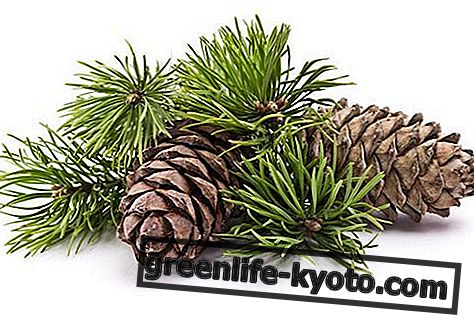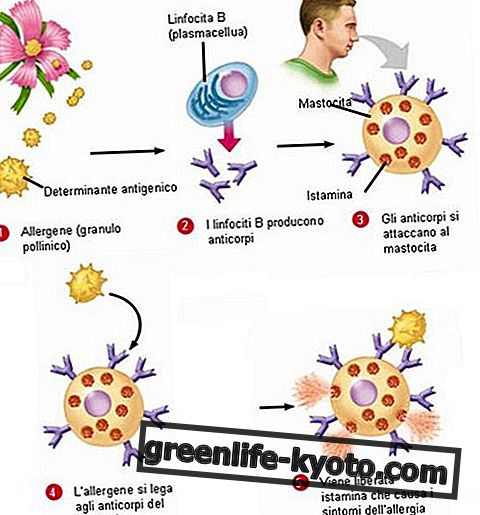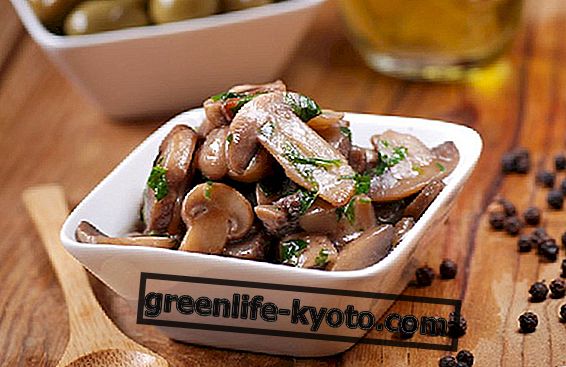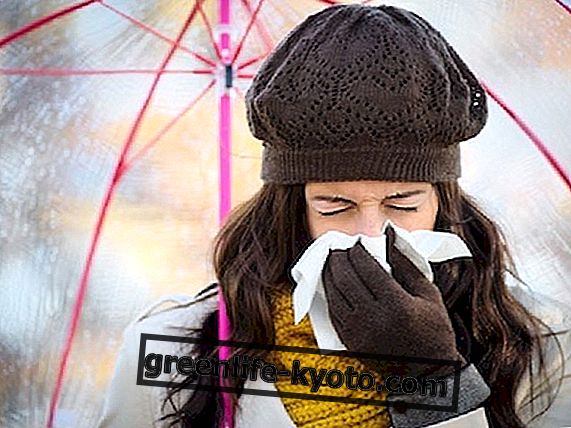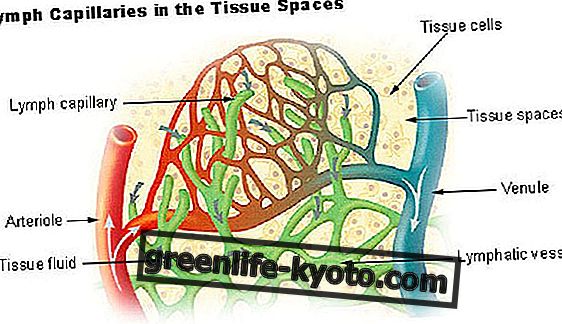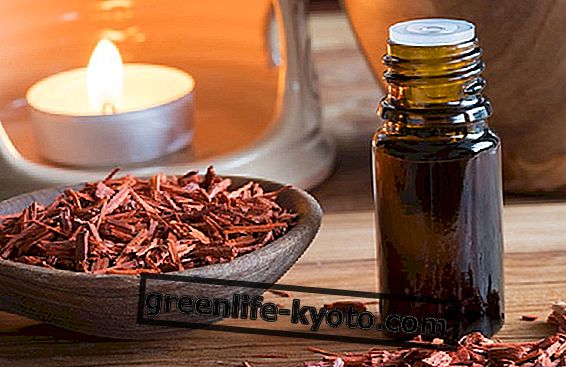Allicin is the active ingredient of garlic, responsible for the characteristic smell of the bulb we use in the kitchen. With numerous properties, allicin is useful for cholesterol control and plays an antiseptic action. Let's find out better.
>
>
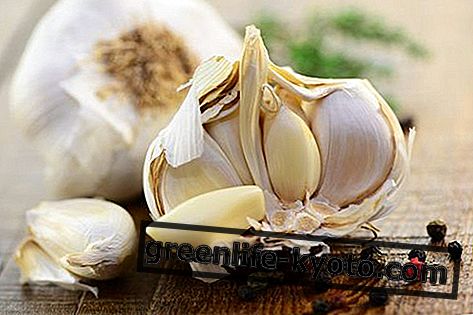
What is allicin
Allicin is the active ingredient extracted from garlic bulbs, to understand the part we eat or use to flavor dishes. The garlic cloves contain a series of sulphurated substances which carry out important pharmacological actions, among which stands out the allin (S-allyl-cysteine-sulfoxide) inactive and odorless substance which is converted into allicin (allyl ester of allylthosulfonic acid) from the enzyme alliinase, released by breaking the vacuoles that contain it when the cloves are broken mechanically.
Allicin is responsible for the characteristic smell of garlic and the main actions of garlic, such as antiseptic, antimicrobial, antidislipidemic, anti-atherosclerotic, anti-platelet aggregation .
Where is the allicin
Allicin is found in garlic as well as in other plants, such as onions, always belonging to the Alliaceae family.
Forming as a result of cell rupture, allicin represents a classic example of a defense mechanism that the plant activates when it is attacked by animals.
The garlic plant is very beautiful. Leaves straight, flattened and long; flowers at the apex of a scape, white or pink. The bulb is divided into various bulbils enclosed by catafilli membranacei.
The drug (ie the part of the plant that contains the active ingredient) consists of the fresh or dried bulb. Oil is obtained by steam distillation of the freshly ground bulbs; the powdered drug is obtained from dried bulbs.
The volatile oil contains allicin .
Properties, calories and nutritional values of garlic
Allicin properties
Garlic and its essential oil have numerous properties. They are useful remedies to promote a lowering of glycemic levels, cholesterol and blood pressure (hypotension) ; garlic slowing down the oxidation of LDL, slows and reduces the formation of atherosclerotic plaques. LDLs are low molecular weight proteins (low density lipoprotein), commonly known as bad cholesterol; their oxidation represents the first step for the thickening of the inner wall of blood vessels and the formation of the so-called atherosclerotic plaques.
The reduction in cholesterol levels appears to follow a mechanism similar to monacolins and statins, ie to inhibit the HMG-CoA reductase enzyme and the endogenous cholesterol synthesis cascade .
Garlic and in particular thiosolfin compounds (including allicin) have proved useful in inhibiting platelet adhesion and aggregation, both by direct action and by inhibition of the biosynthetic cascade leading to the formation of prostaglandins and thromboxanes, as claimed by some works of literature.
Garlic also has important antiseptic properties, ie it acts in a non-specific way on fungi, bacteria and viruses preventing their proliferation. It is therefore useful in case of inflammation and infections in the intestine and bronchi. Furthermore, garlic has larvicidal and antiamebicidal properties as well as insecticide ; therefore it is useful against diseases caused by parasites. In the case of pinworm infestation, parasites that affect animals (eg dogs) but that complete part of their life cycle in the intestine of man, particularly in children, garlic proves useful for removing these parasites and rebalancing the bacterial flora.
Jean Valnet in his book L'Aromaterapia, lists a whole series of properties of the volatile oil, including, in addition to the previous ones, an antispasmodic action, that is to say, diminishing or slowing down the sudden and involuntary contraction of the muscles; rebalancing of the glandular system; diuretic; antiarthritic; stomachic, or improvement of digestion; carminative; febrifuge and cancer prevention .
In short, garlic proves to be a precious food that should never be lacking in the kitchen. The millennial use and popular tradition have made it one of the most sold supplements.
The recommended doses are 600-800mg of dry extract of the bulb, titrated to 10-15% in allicin. In the market you can also find macerated leaves in oil.
Contraindications
Garlic should not be administered to those who take synthetic or vegetable anti-aggregants and anticoagulants, due to a combination of effects.
Particular attention should be paid to those who have gastric sensitivity, or those who suffer from gastric ulcer, stomach inflammation or gastroesophageal reflux and should not be recommended to those who are intolerant to garlic.
Other contraindications are the known phenomena of halitosis . Although garlic is a precious food, this detail often takes us away, also because fresh bulbs should be chewed for a long time to allow the release of the enzyme responsible for allicin activation from the vacuoles.

